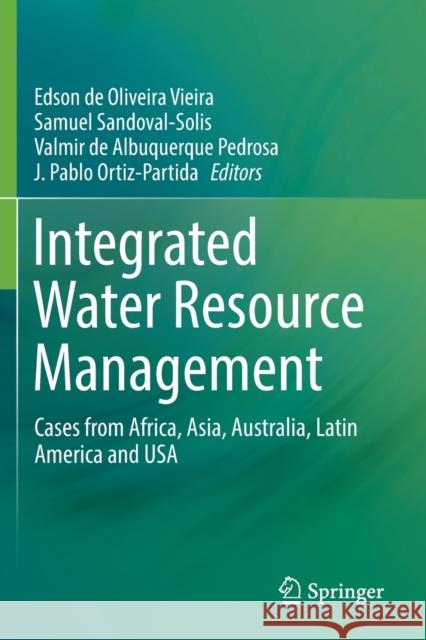Integrated Water Resource Management: Cases from Africa, Asia, Australia, Latin America and USA » książka
topmenu
Integrated Water Resource Management: Cases from Africa, Asia, Australia, Latin America and USA
ISBN-13: 9783030165673 / Angielski / Miękka / 2020 / 151 str.
Integrated Water Resource Management: Cases from Africa, Asia, Australia, Latin America and USA
ISBN-13: 9783030165673 / Angielski / Miękka / 2020 / 151 str.
cena 563,56
(netto: 536,72 VAT: 5%)
Najniższa cena z 30 dni: 539,74
(netto: 536,72 VAT: 5%)
Najniższa cena z 30 dni: 539,74
Termin realizacji zamówienia:
ok. 22 dni roboczych
Dostawa w 2026 r.
ok. 22 dni roboczych
Dostawa w 2026 r.
Darmowa dostawa!
Kategorie:
Kategorie BISAC:
Wydawca:
Springer
Język:
Angielski
ISBN-13:
9783030165673
Rok wydania:
2020
Wydanie:
2020
Ilość stron:
151
Waga:
0.24 kg
Wymiary:
23.39 x 15.6 x 0.91
Oprawa:
Miękka
Wolumenów:
01
Dodatkowe informacje:
Wydanie ilustrowane











